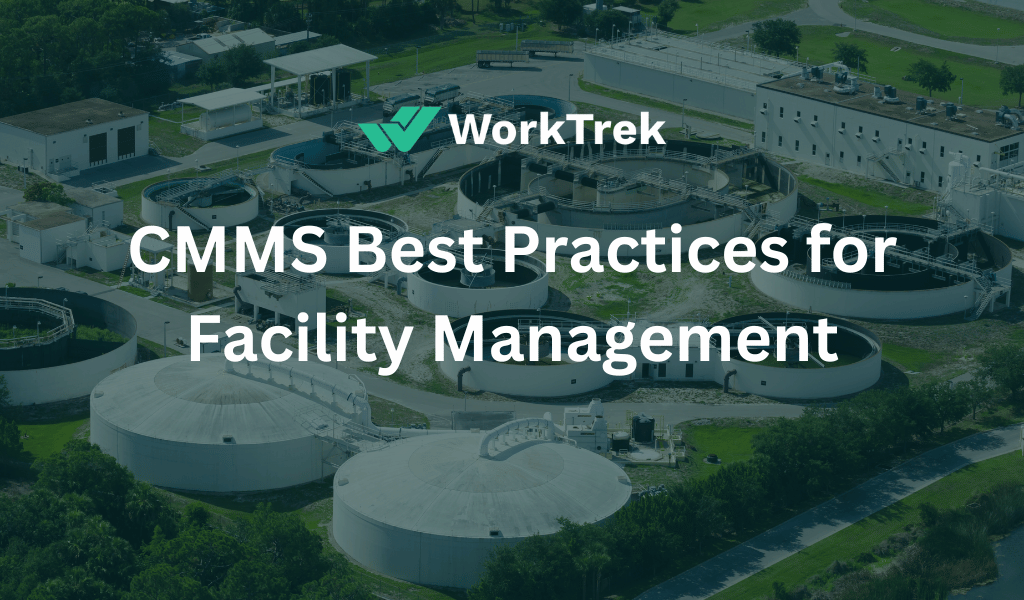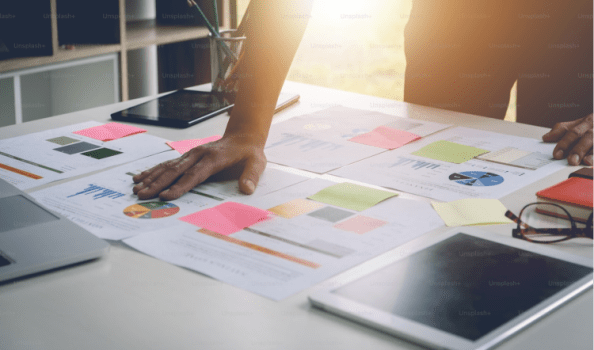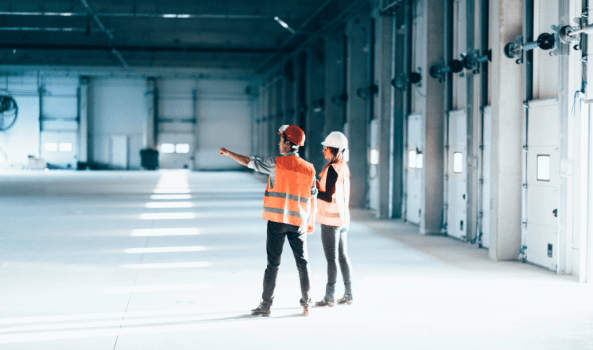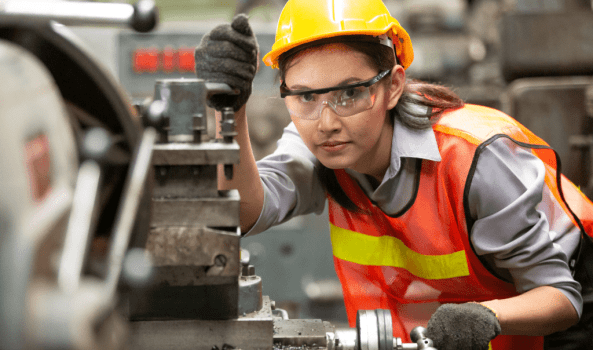Get a Free WorkTrek Demo
Let's show you how WorkTrek can help you optimize your maintenance operation.
Try for freeFacilities management is a milestone in the successful functioning of any organization. So it’s important to understand what it does, and getting it right can have a big impact on your business. Like any other maintenance process, facility management can be greatly simplified and improved through proactive measures and modern CMMS solutions with CMMS best practices.
Computerized Maintenance Management Systems (CMMS) are software programs that help facility managers and maintenance professionals track and manage maintenance data.
A CMMS best practices can help you track work orders, preventative maintenance schedules, inventory, and more. It also helps you plan and budget for future maintenance projects.
What is Facility Management?
The International Organization for Standardization defines facility management as “the organizational function that integrates people, places, and processes in the built environment to improve people’s quality of life and the productivity of a company’s core business”.
While the main objective of facilities management is to support the management of structures, including residential buildings, the definition emphasizes the importance of this process as a business discipline aimed at coordinating the physical workplace with human resources and activities carried out within the company.
In short, facility management represents an integrated approach to managing a given organization’s buildings, systems, and resources to ensure that the physical environment meets the needs of users and supports the core functions of the organization itself.
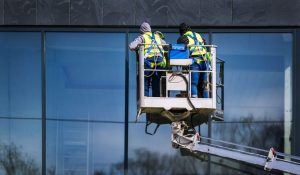
Why Is Facility Management Important?
The most important aspect of facility management is health and safety. Above all, people must be protected. Hazards may include unsafe ventilation or toxic air, excessively high or low temperatures, outdated machinery that may malfunction or fail, inadequate fire detection and protection systems, and poor signage showing exits and directions. Insufficient emergency exits and infrastructure.
In addition to health and safety, operations and costs can be threatened if facilities are not managed properly. For example, it may be easier to replace or repair obsolete equipment before it fails completely, which could disrupt or delay operations and result in lost revenue or productivity.
Facilities managers also provide support to people in an office environment, which can affect productivity and morale. Certain aspects, including office organization, are subject to rules and regulations that can significantly impact security. Business continuity plans and contingency plans are also critical to maintaining operations, continuous collection and analysis of information, and protection against disruption. It is also important to monitor the design of the office, including access to toilets and water fountains, seating arrangements, possible damage to infrastructure, and management of space use.
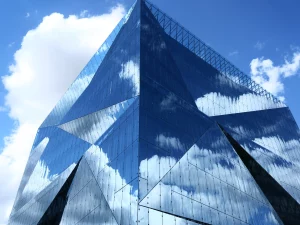
What Is The Task Of Facility Management?
Facilities managers are responsible for managing people and organization as well as space and infrastructure. People and organizations include roles such as marketing, accounting, hospitality, human resources, ICT, and cleaning. Facilities managers are also responsible for overseeing space and infrastructure accounts for workplaces, buildings, leases, occupancy, maintenance, and facilities.
Facility managers require a variety of business functions. Your job is primarily to protect everyone’s safety and integrity. Facility managers must act on two levels. At the tactical level, it starts with understanding space, business risk, cost, and service. Another level is the operational level, which oversees the profitability of the business environment for its residents.
Read also LED Lighting Upgrades for Facility Managers
What Is The Difference Between CMMS And Computer Aided Facility Management (CAFM) Software?
CMMS is also increasingly referred to as CMMS/CAFM, emphasizing the essentially identical nature of the two types of software. Both find their main fields of application in facility management and maintenance work management.
The main difference between CMMS and CAFM has to be traced back to the purpose and way of using the software.
However, there are still some nuances to consider when choosing between a CMMS and computer-aided facility management software. CAFM software focuses more on room management, with modules for room booking or access monitoring, while CMMS focuses on managing maintenance operations within the facility.
However, it is important to emphasize how today’s CMMS, at least the higher-level CMMS, bridge this difference by implementing functions that, while still related to maintenance, are more of the so-called soft services: from On-demand supplies for stationery, handling tools and movers to manage mail flow, lockers, separate waste collection or access within the facility.
Another example where a better understanding of how this gap can be successfully bridged concerns the management of suppliers, which today can be controlled in exactly the same way through CMMS and CAFM, whereas in the past it was reserved only for the latter.

CMMS Best Practices for Facility Management
As an invaluable tool for effectively and efficiently implementing a facilities management strategy, CMMS best practices can benefit professionals in many ways.
CMMS Best Practices:
CMMS software improves workflow
Adding another thing to your to-do list can be challenging. But implementing a CMMS can streamline workflows, improve the way facilities and maintenance operations are managed, and provide many features that will benefit facility managers in managing day-to-day tasks.
Higher visibility
A CMMS gives facility managers more visibility and control when working with maintenance teams. It helps identify one’s tasks, their due dates, and what still needs to be done and ensures that nothing is missed.
Automated planned maintenance
Shifting the focus to regular maintenance can reduce downtime and disruption, so mastering it is crucial. Instead of trying to rely on storage, the CMMS automatically notifies the facility manager when the system needs maintenance.
Longer asset life
By performing preventive and predictive maintenance over the long term, the availability, and reliability of equipment can be greatly improved and extended.
Accessible asset history
Relying on human memory is impossible. Therefore, a CMMS details the work that has been done on the system in the past. Each factory has its own unique records detailing the parts used, labor hours spent, reliability, and downtime. By tracking maintenance activities in the CMMS, this knowledge is retained when employees leave the company. This information is maintained in the CMMS and can be used as a reference when new employees resolve incidents. It reduces the time lag required for new employees to be fully onboarded.
Track expenses easily
Because parts, labor, and other expenses are recorded as maintenance jobs are performed, the CMMS becomes the central database for all maintenance-related expenses. Instead of looking at receipts and invoices at the end of the year, facility managers can simply create expense reports in the CMMS to see how budgets are being spent.
Purchasing
Most CMMS systems have a procurement module that allows tracking of purchased parts and shipments in one system to ensure that redundant parts are not purchased twice and made redundant. Procurement documentation also helps facility managers quickly reorder parts should they be needed again.
Instant notification
Real-time alerts can be sent from the building control and monitoring system via the CMMS when operating limits are exceeded. As the alarm escalates, the CMMS triggers corrective maintenance and immediately notifies the facility manager for proactive inspections before the problem becomes a more serious problem.

Transparency
A mobile working CMMS helps managers track and coordinate the behavior of other employees and consider past and future interventions when making key decisions.
Increase productivity
The solution can schedule and track employee availability.
Scheduled notice
A notification is sent when the next scheduled maintenance is due.
Improve internal communication
All organizational levels can access mobile work and enter new work requests or track the progress of existing work.
Reporting and Analysis
CMMS can store a variety of data, from plans and upscaled images to condition monitoring data and asset history. This is an invaluable source of information that can be used to refine extremely critical decisions and create predictive maintenance algorithms.
Spare parts management
Purchased parts and deliveries can be tracked in one system.
Audit and compliance
CMMS software can help facility managers prepare facilities for upcoming audits and track regulatory and professional certifications to maintain legal and safety aspects.
How to Choose the Right CMMS for Your Needs
When choosing a CMMS, you should make sure it is right for your facility. You want to make sure the software supports your team’s needs and industry. Make sure it is compatible with your company’s IT systems. Also, make sure it’s easy to use and has the features you need. Here are some steps you can take to choose the right CMMS for your facility:
Assess your current workflow – Before deciding on a CMMS, you should evaluate your current workflow. You want to understand how your team currently tracks data and makes decisions. This way you can determine which features are important and what type of CMMS you should use.
Research – Once you’ve assessed your workflow, it’s time to do some research. You should research potential CMMS vendors. Check review sites or ask your peers for advice. Make sure you choose the right CMMS for your setup. You’ll also need to make sure it’s compatible with your company’s IT systems.
Tips for Using a CMMS
A CMMS can be an invaluable tool in keeping your maintenance team running smoothly, but only if you use it correctly and take full advantage of the benefits it has to offer. When implementing a CMMS in your maintenance plan, make sure to complete these tasks to reap the full benefits.
Proper staff training
Your employees can only get the most out of a CMMS if they use it thoroughly and understand its capabilities. When implementing a new CMMS, conduct detailed hands-on training, teaching each employee the details of the new system.
Your CMMS vendor may have training materials to support this process. Regardless, make sure every team member gets a chance actually to use the system during training. Remember to provide detailed training to new hires during onboarding.
Monitor employee usage
After your team starts using a new CMMS, observe how they use it for the first few months. If you find errors, such as categorizing them incorrectly, forgetting to provide some information, or using certain features correctly, please correct them as soon as possible. Otherwise, these mistakes become habitual and new employees are misled by experienced employees when they join the team.
Measure and make improvements
A CMMS offers unparalleled data tracking and automated reporting options, so it can be a way to spot gaps and errors in the system. Invest time in learning and using the reporting features in your CMMS. These reports are then periodically retrieved and analyzed for opportunities for improvement.
Use the customer service team
It’s easy to lose access to a feature of your CMMS and then decide to ignore and avoid it. However, if you do this, you will miss out on a huge advantage of a CMMS best practices. If your CMMS includes customer service availability, use it. Contact us and ask for advice on features or menus you don’t understand to help you get more out of your software.
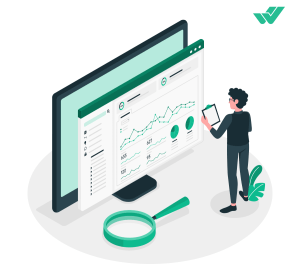
Invest In A CMMS
The decision to invest in a CMMS tool challenges the habits of the different departments of the company, which for historical reasons differ according to the respective field of activity (procurement, approach, new projects, maintenance or operations). CMMS product ranges and markets are shifting towards the use of wearable technology, which will lead to new questions about habits formed after the first installation.
It is always difficult for business decision-makers to make decisions that are sustainable over the long term and that are right for their companies. Many companies that decided to invest in specific products a decade ago are now changing tack and adopting software packages that are becoming the de facto standard: a situation that some see as unfortunate compared to traditional office software.
A CMMS is a useful tool that helps facility managers become more organized by reducing their reliance on memory and automating many day-to-day activities. A CMMS best practices will help facility managers have more time to focus on improving reliability and further reducing maintenance-related costs. It makes facility management more efficient and effective, reducing costs and increasing additional revenue for the company.
Make sure you take advantage of CMMS best practices after you invest in CMMS software.




